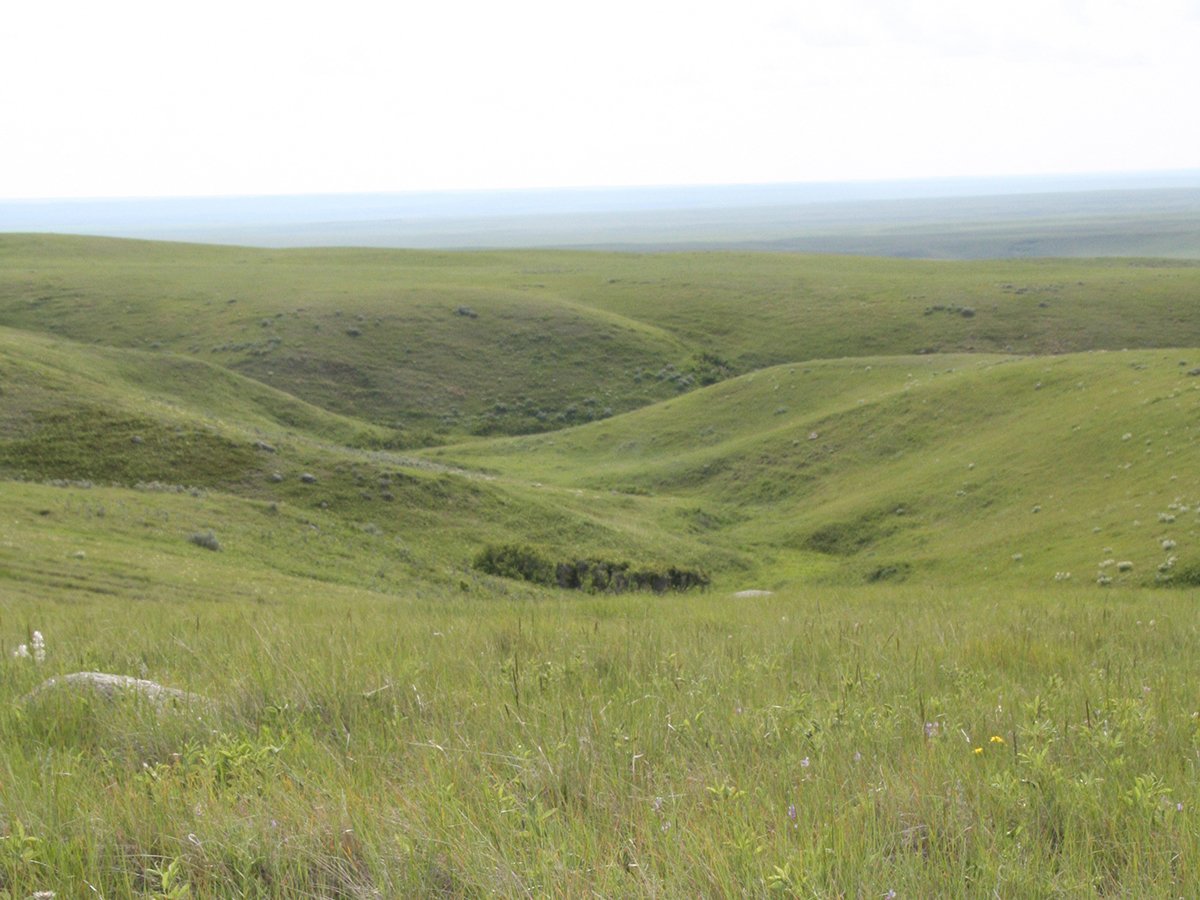HIGH RIVER, Alta. – A southern Alberta rancher wants the Canadian beef industry to embrace 100 percent BSE testing and seek markets beyond the United States.
He plans to take his message on the road this summer in a series of meetings to build momentum among farmers and ranchers before some of them go bankrupt.
Cam Ostercamp of Blackie has formed a beef initiative group and published a paper outlining the history of the BSE crisis and what he believes needs to be done.
His priorities include universal testing, finding new markets, implementing a broader protein feed ban and building more processing facilities.
Read Also

Alberta irrigation project on grasslands approved
Environmental concerns raised by Alberta conservation groups over irrigation expansion project within rural municipality
“We have been told for 12 months now the answer to our problems lies in cracking that American border wide open,” he told a crowd of 300 producers crowded into a sales barn owned by purebred producer Grant Hirsche of High River.
“The border is open to the extent they need us.”
Ostercamp said Canadians ate more beef last year out of sympathy, but they can’t be expected to eat their way through the mounting surplus that is coming on stream with this year’s record calf crop.
He also said Canada must adopt complete testing as a market tool to rebuild confidence among offshore customers such as Japan.
“There is no time to lose. We cannot waste another 12 months trying to beat sense into the rest of the world who has had 10 years to get used to BSE testing.”
Ostercamp said the beef industry adopted measures to control E. coli with new sanitation equipment and microbiological testing and the same attitude needs to be applied to BSE testing.
Hirsche agreed.
He started selling beef off his farm after losing his international markets for purebred Hereford and Angus bulls.
“I have tried to listen to what my customer wants,” he said.
“If they want purple ones, I’ll try and raise them a purple one. If they want beef that is tested, I believe we need to test it.”
He fears the loss of family farms and wants the federal government to understand that they and the communities they support are on the brink of collapse.
“Hopefully we can let the government know that we are concerned,” he said.
In a later interview, Ostercamp said Canada must reduce its dependency on the American market to about 50 percent of exports from the 75 percent that existed before BSE. The country also needs to examine east and west trade with Asia and Europe with a hormone-free product, he added.
While some have suggested a mass cow cull, Ostercamp said that is not wise.
“Getting rid of the beef herd is tantamount to saying, ‘uncle, I give up,’ ” he said.
“Depopulation of cattle in Canada sounds like a sexy idea for getting rid of a hell of a bunch of cows in a hurry, but it does serious harm to all sectors of agriculture in the long run because you hit the beef and the grain farmer.”
He and others at the meeting discussed the wisdom of government aid programs. Many felt the money went to the wrong people and probably contributed to the collapse of fat cattle prices that hover just above 70 cents a pound.
While the feedlot industry needed a cash injection last summer, further aid should have been used for loan guarantees, bridge financing or other programs to build infrastructure and encourage new initiatives to process beef.
Feedlot operator Rick Paskal of Picture Butte, Alta., said the aid kept him in business but he has lost faith in government and promises of an open border.
“BSE is not a food safety issue. There is not a nickel’s worth of science as to why this border is closed,” he said.
“It’s simply that we don’t have the guts and we don’t have the leadership to stand up to the Americans and insist they open this border.”
He is part of a group of feedlot owners called Canadian Cattlemen for Free Trade.
It meets weekly to discuss market strategy and research possible world trade rule violations to force a border opening. Group members agree with 100 percent testing if that is what customers want.

















